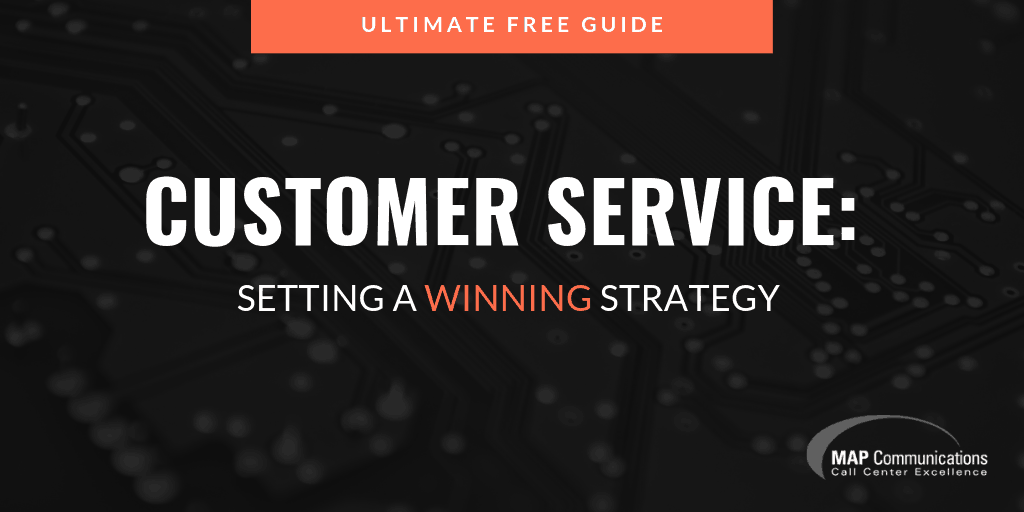
Customers who experience amazing service share their delight with others. Should they have a bad experience, though, they’ll instead share their disappointment. Indeed, customers are more likely to tell friends about bad experiences than good ones. In the golden age of the internet, social media allows people to tell all their connections about their interactions with companies. Beyond that, there are dozens of online review platforms that also allow consumers to publish their feelings about businesses. The simple interactions you have with individual customers have the potential to seriously impact your reputation – for better or for worse.
Social Media’s Reach
Time and time again, we hear stories of bad customer service in the news. For every good experience, there are viral stories of employees mistreating customers. Think back to the ‘United Breaks Guitars’ disaster of 2009. The protest song was released following one musician’s guitar was damaged by the airline while traveling. Though he tried to get United’s attention for nine months, the musician wasn’t compensated for his losses until after he released the protest song. It was an immediate success, rocketing the musician to fame and highlighting United’s customer service challenges. With more than 18 million views on Youtube, the video epitomizes what not to do in customer service.
Reports show that United’s customer misstep cost them 10 percent of their share value, costing shareholders an astounding $180 million in just a few days. Rather than pay up the $1200 it would cost to pay for guitar repairs, United paid in more painful ways. Forever associated with the viral video, United has only continued to pile on terrible customer experiences that have gained attention in the media such as the time they dragged a passenger off an overbooked flight and the occasions they have mishandled pets. Due to these numerous mistakes, the airline will continue to fight their bad reputation for years to come.
The Cost of Bad Service
Customer service matters more now than at any other time in history. With our lives and business interactions on display in unique ways, there is a lens constantly focused in on our errors. The lack of competition in the airline industry is perhaps United’s only saving grace in the wake of the guitar scandal. Most other markets would see a company’s complete meltdown following this kind of attention.
Companies like United are the exception, not the rule. In more crowded sectors, customers will simply opt for one of your competitors. Companies must face the facts if they hope to remain successful: customer service is the latest and greatest form of marketing.
Fail to prioritize the customer experience and you could find your business running on fumes. The Harvard Business Review found that customers who had positive experiences with a company spend 140 percent more than those who had poor service. The evidence is clear: the cost of bad customer service is incredibly expensive.
So, it’s clear that poor customer service can be severely damaging to a company. That is why it’s so crucial to craft a great strategy for ensuring positive customer experiences.
Creating a Winning Customer Service Strategy
Key business lessons can help you maintain your good reputation. Follow these tips to create a profitable customer service strategy that’s right for your company.
Incentivize Quality Service
People respond to incentives. That’s the thesis statement of one of the most popular economics books in the 21st century: Freakonomics. The book outlines the ways in which people make decisions based on incentives. While you’d hope your employees would offer quality customer service out of the goodness of their hearts, the reality is quite different. In order to ensure excellent service during every customer experience, you’ve got to motivate employees and reward them for a job well done.
Rather than reward your customer service team for selling, prioritize quality service instead. Shifting focus away from the dollars and cents can seem scary at first, but investing in the experience of your customers can pay dividends. Reinforce good customer service choices by compensating employees for a job well done.
Minding your budget? The compensation doesn’t necessarily need to be monetary. Try offering extended break time or getting to leave early. Or reward employees through recognition instead. Publicly acknowledge a job well done, send out monthly customer service award emails, or create a quality service hall of fame in your breakroom.
Invest in Training
 Employees who deliver quality customer service are made, not born. If you’re hoping to step up your company’s customer service, you’ll have to thoroughly train employees new and old. The idea that customer care can make or break a sale is a relatively new one. Educate your staff about this principle – otherwise, they’ll likely carry on with the same techniques they have always used.
Employees who deliver quality customer service are made, not born. If you’re hoping to step up your company’s customer service, you’ll have to thoroughly train employees new and old. The idea that customer care can make or break a sale is a relatively new one. Educate your staff about this principle – otherwise, they’ll likely carry on with the same techniques they have always used.
Of course, a clean slate offers the best opportunity to train employees in stellar service. When you’re hiring, look for applicants who are fast learners. You’ll also want new hires to fit in with your company culture, so emphasize your passion for customer service in the interview phase. By weeding out those who are not eager to please your clients, you’ll ensure your staff is comprised of only the best and brightest.
Whether you’re training current employees or new additions to the team, give customer service education its due. Review your company’s history, the reasons why you value customer service so highly, and the long term vision for your business. Regardless of whether or not a particular employee is client-facing, your entire staff should understand the principles behind quality customer care.
Deliver On Your Promises
When you mess up, the last thing customers want to hear is an endless stream of apologies. While it’s a good idea to admit to your mistakes and offer a polite “I’m sorry,” it’s more important to deliver on your promises. Rather than focus on what you’ve done wrong, shift into a solution-oriented mindset. Find a way to fix your mistakes and over-deliver whenever possible.
For example, if you received a sweater when you ordered a pair of jeans online, you’d probably be pretty annoyed. Should the retailer offer an apology and a way to exchange the sweater, your irritation would likely remain. You may opt never to shop with the company again. However, if the store were to send you the pants you ordered and tell you to keep the sweater, you’re more likely to return. Acknowledging your customer service errors is just the first step. It’s your actions that matter more than your words.
Winning Strategies
The decisions you make as a business owner have a butterfly effect on your sales, your employees and your customers. By prioritizing customer service from the top down, you’ll find that your entire organization is set up for success. There’s no secret formula for quality care, but with the right amount of focus, training, and incentive, your team will delight and inspire customers to return again and again.
More chapters in our Customer Service guide:
Chapter 2: Types of Customer Service Channels


